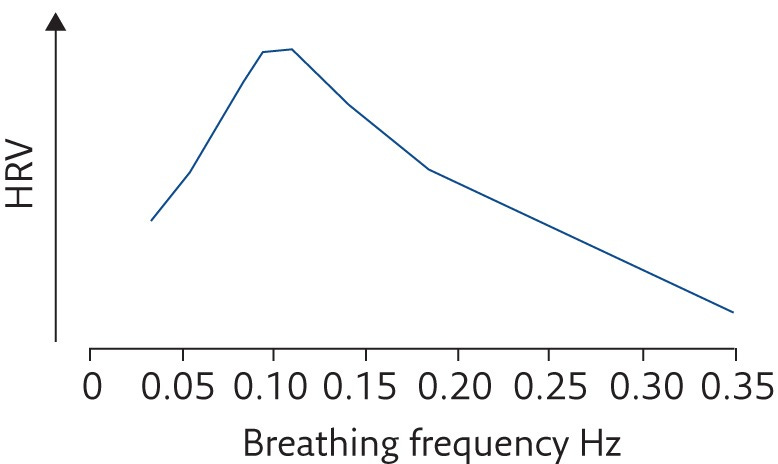Breathe
There are two breathing exercises I highly recommend.
The first is something called a physiological sigh. This is where you take a deep breath in through your nose, expanding your stomach as you inhale; then before you start exhaling, take a short, even deeper breath in to fully expand your lungs; then slowly exhale through your mouth, with pursed lips. Your exhale should be almost twice as long as your inhale. Research has shown that performing this exercise for 5 minutes per day will significantly improve mood and decrease anxiety.1 However, I use the physiological sigh a bit differently. I perform it only 3 breaths in a row, to open up my lungs,2 in preparation for the second breathing exercise, which I describe below.
The second breathing exercise is where you breathe in through your nose for 5 seconds, expanding your stomach as you inhale, then breathe out through your mouth for 5 seconds with pursed lips. Breath in and out as shallowly as possible; just enough to satisfy your urge to breath. Do this for 12 minutes in a row, daily. There are plenty of breathing apps available that can help guide you, so you don’t have to count.
Research has shown that slowing your breathing to about 6 breaths per minute increases your heart rate variability:34
Increased heart rate variability indicates lower stress levels, better parasympathetic activation, and it predicts a longer life.5
Slow breathing also lowers your blood pressure.6
By breathing in through your nose, and out through your mouth you maximize the absorption of nitric oxide that is produced by your nasal passages, thereby improving tissue oxygenation by 10%.7
Combine your breathing exercise with the meditation session I discuss in the preceding chapter.
https://pubmed.ncbi.nlm.nih.gov/36630953/
https://pubmed.ncbi.nlm.nih.gov/16304303/
https://pubmed.ncbi.nlm.nih.gov/24380741/
https://pmc.ncbi.nlm.nih.gov/articles/PMC5709795/
https://pubmed.ncbi.nlm.nih.gov/36243195/
https://pubmed.ncbi.nlm.nih.gov/28725455/
https://pubmed.ncbi.nlm.nih.gov/8971255/


